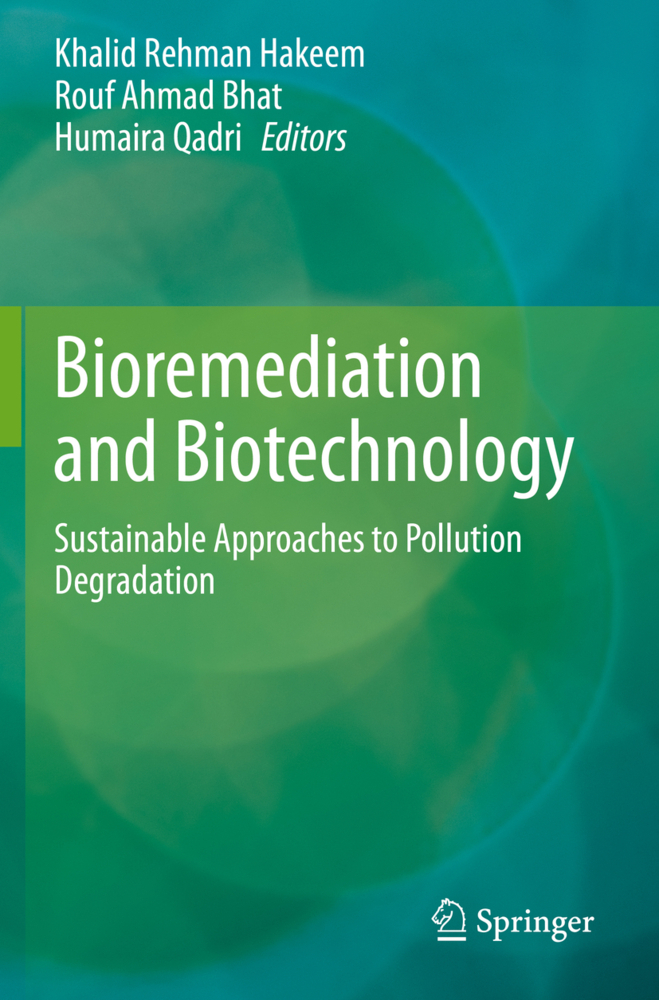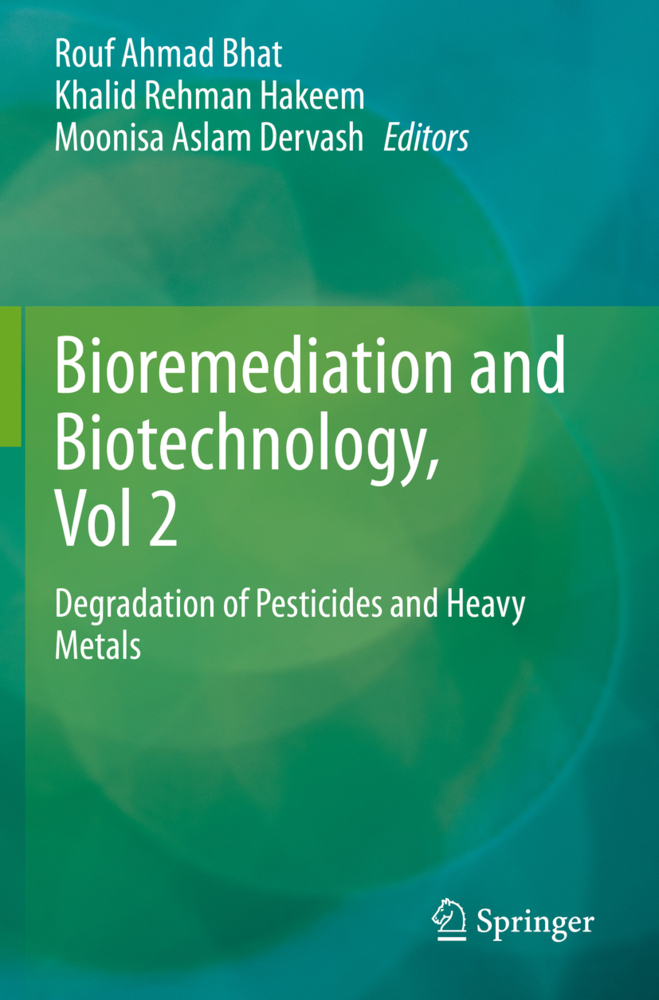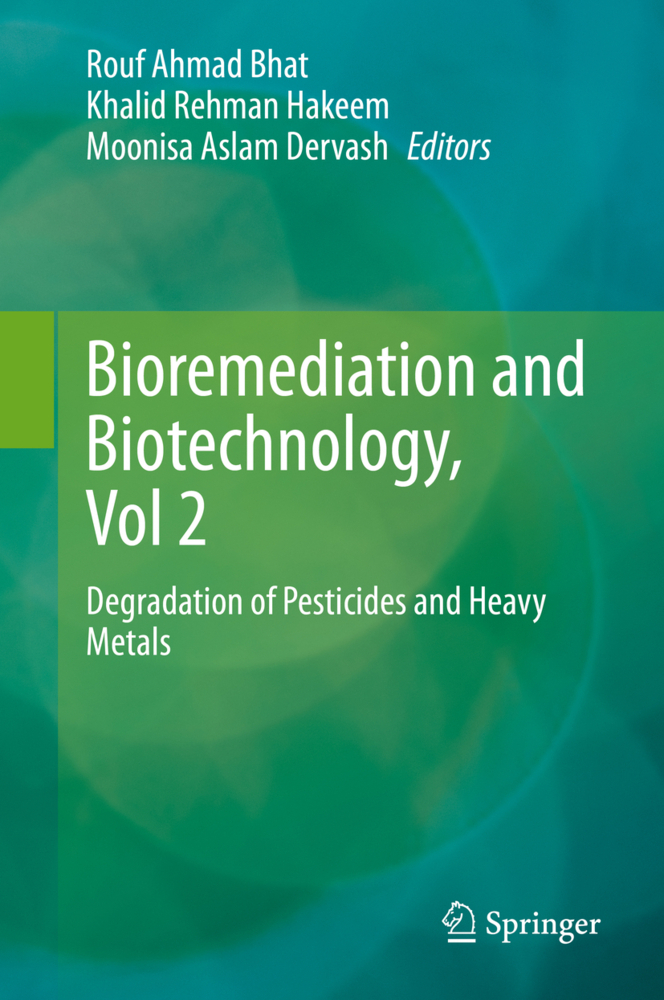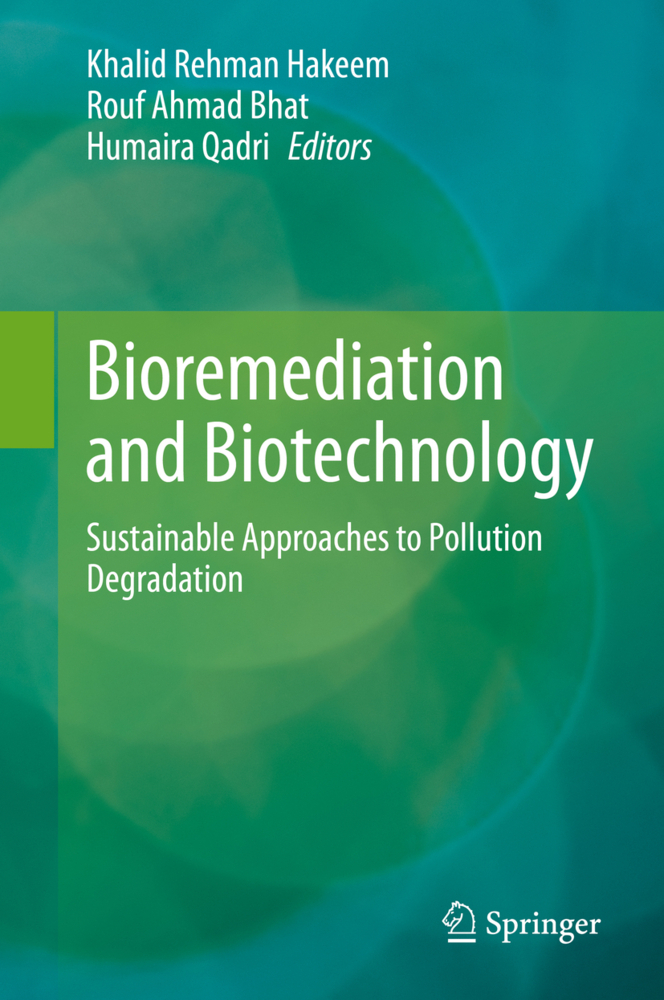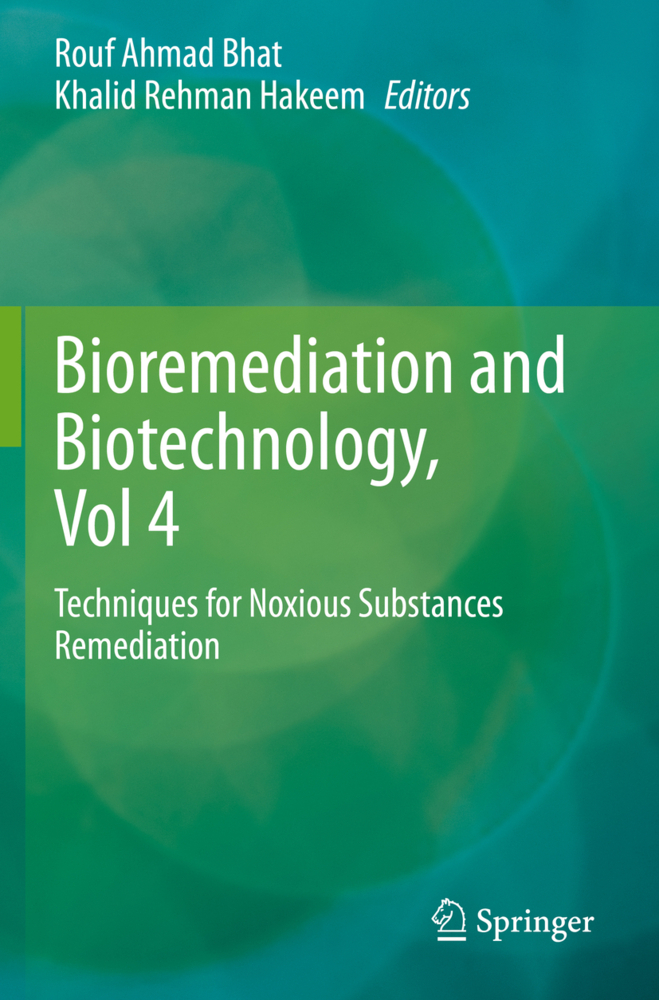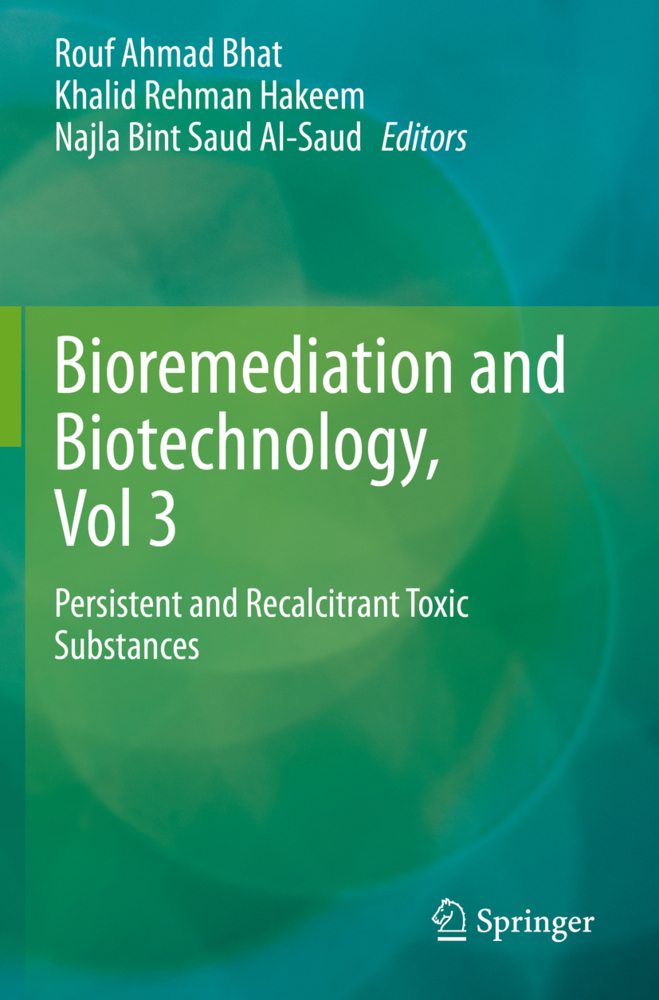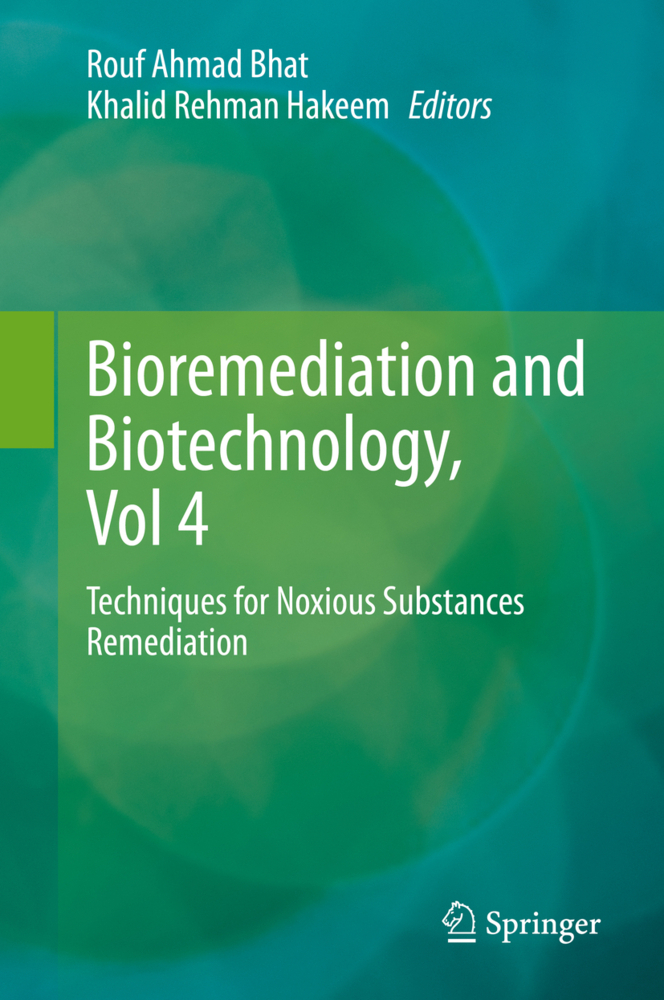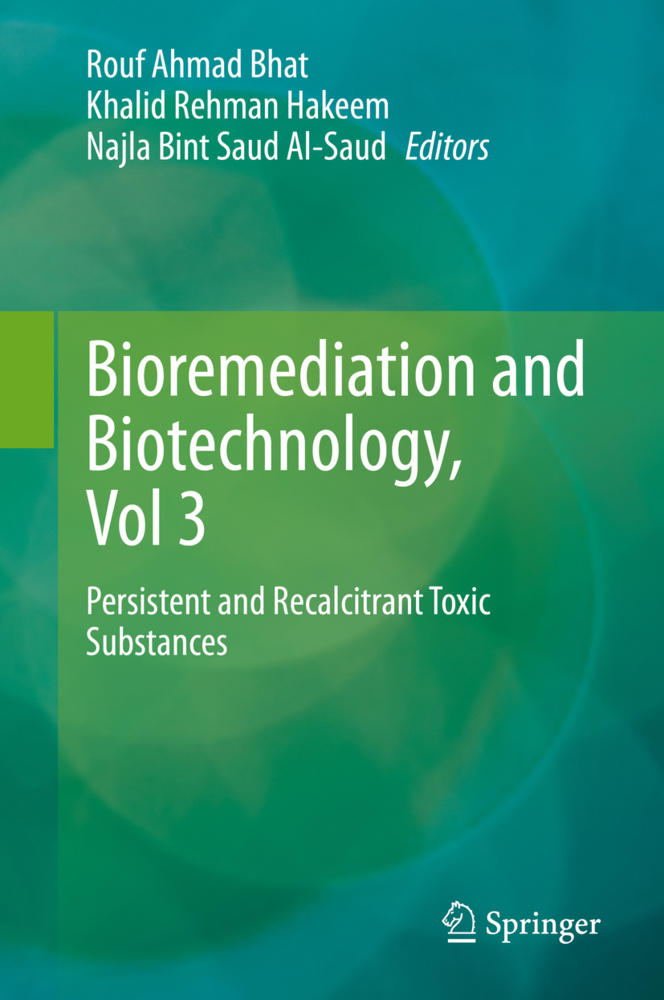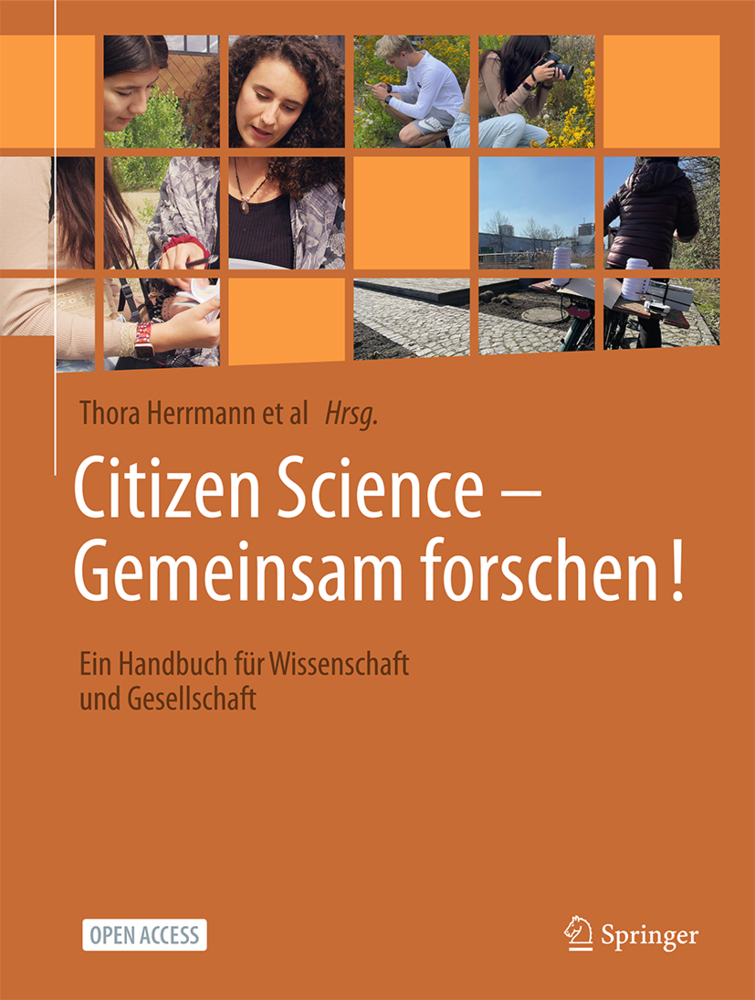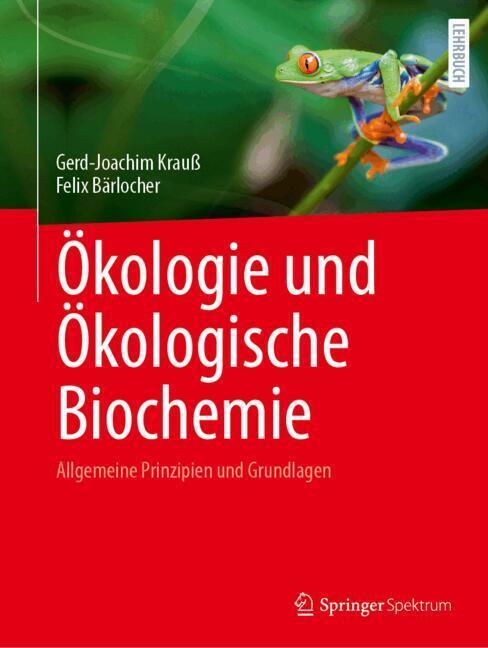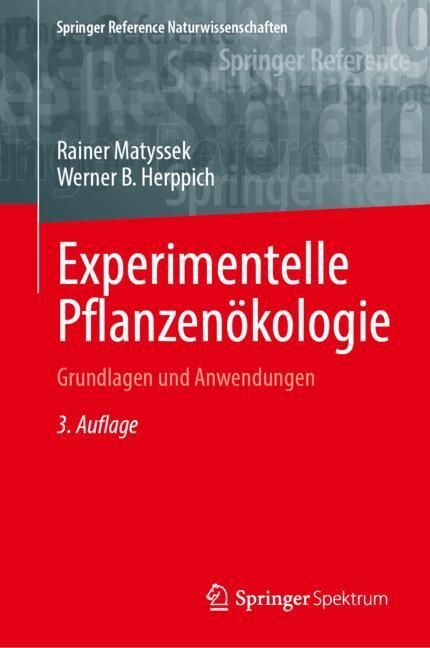Bioremediation and Biotechnology
Bioremediation and Biotechnology
Toxic substances threatens aquatic and terrestrial ecosystems and ultimately human health. The book is a thoughtful effort in bringing forth the role of biotechnology for bioremediation and restoration of the ecosystems degraded by toxic and heavy metal pollution. The introductory chapters of the book deal with the understanding of the issues concerned with the pollution caused by toxic elements and heavy metals and their impacts on the different ecosystems followed by the techniques involved in monitoring of the pollution. These techniques include use of bio-indicators as well as modern techniques for the assessment and monitoring of toxicants in the environment. Detailed chapters discussing the role of microbial biota, aquatic plants, terrestrial plants to enhance the accumulation efficiency of these toxic and heavy metals are followed by remediation techniques involving myco-remediation, bio-pesticides, bio-fertilizers, phyto-remediation and rhizo-filtration. A sizable portion ofthe book has been dedicated to the advanced bio-remediation techniques which are finding their way from the laboratory to the field for revival of the degraded ecosystems. These involve bio-films, micro-algae, genetically modified plants and filter feeders. Furthermore, the book is a detailed comprehensive account for the treatment technologies from unsustainable to sustainable. We believe academicians, researchers and students will find this book informative as a complete reference for biotechnological intervention for sustainable treatment of pollution.
Preface
Foreword1. Concerns and Threats of Contamination on Aquatic Ecosystems
2. Effect of Pesticides on Fish Fauna: Threats, Challenges and Possible Remedies
3. Impact of Invasive Plants in Aquatic Ecosystems
4. Role of Modern Innovative Techniques for Assessing and Monitoring Environmental Pollution
5. Global Scenario of Remediation Techniques to Combat Environmental Pollution
6. Biopesticides: clean and viable technology for healthy environment
7. Inoculum addition in the presence of plant rhizosphere for petroleum polluted soil remediation
8. Vermicomposting: An Eco-friendly Approach for Recycling /Management of Organic Wastes
9. Bio-Fertilizers: Ecofriendly Approach for Plant and Soil Environment
10. Phytoremediation of heavy metals: an ecofriendly and sustainable approach
11. Credibility of in situ Phytoremediation for Restoration of Disturbed Environments
12. Role of White Willow (Salix alba L.) for Cleaning up the Toxic Metal Pollution
13. Mycoremediation: a Sustainable Tool for Abating Environmental Pollution
14. Microbial Biofilm Cell Systems for Remediation of Wastewaters
15. Pollution remediation by way of using genetically modified plants (GMP)
Index.
Hakeem, Khalid Rehman
Bhat, Rouf Ahmad
Qadri, Humaira
| ISBN | 978-3-030-35693-4 |
|---|---|
| Artikelnummer | 9783030356934 |
| Medientyp | Buch |
| Copyrightjahr | 2021 |
| Verlag | Springer, Berlin |
| Umfang | XVIII, 327 Seiten |
| Abbildungen | XVIII, 327 p. 47 illus., 30 illus. in color. |
| Sprache | Englisch |

